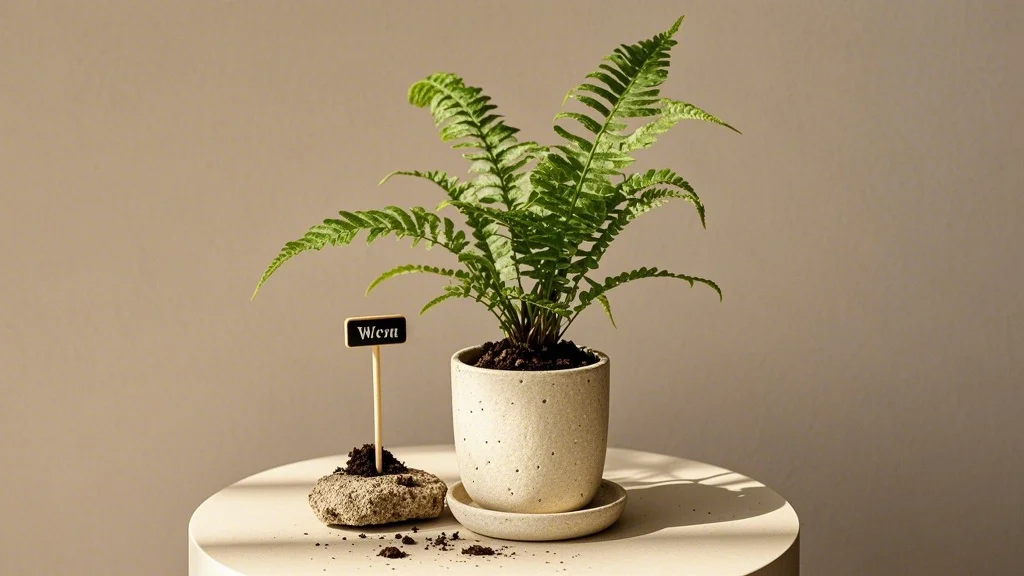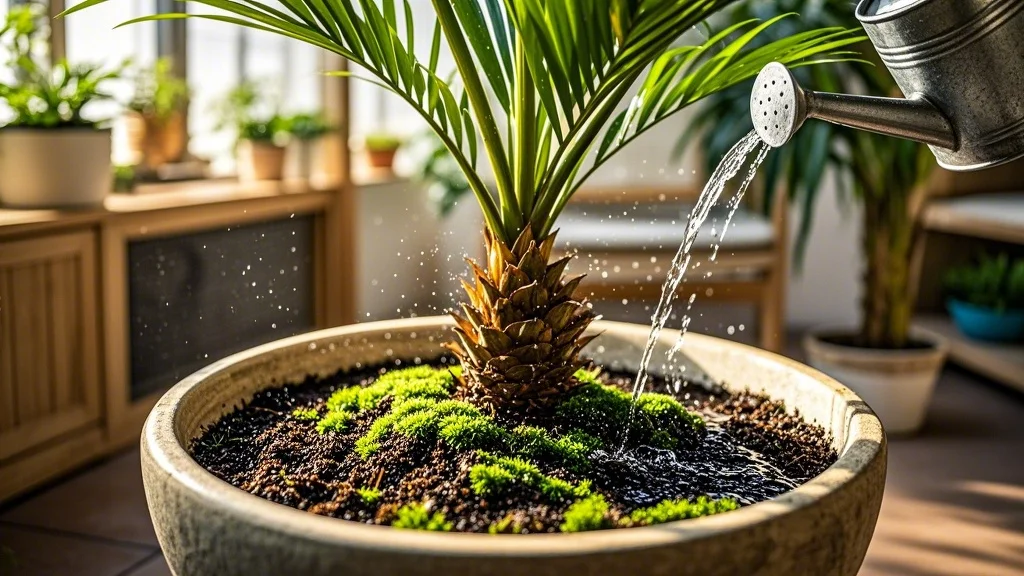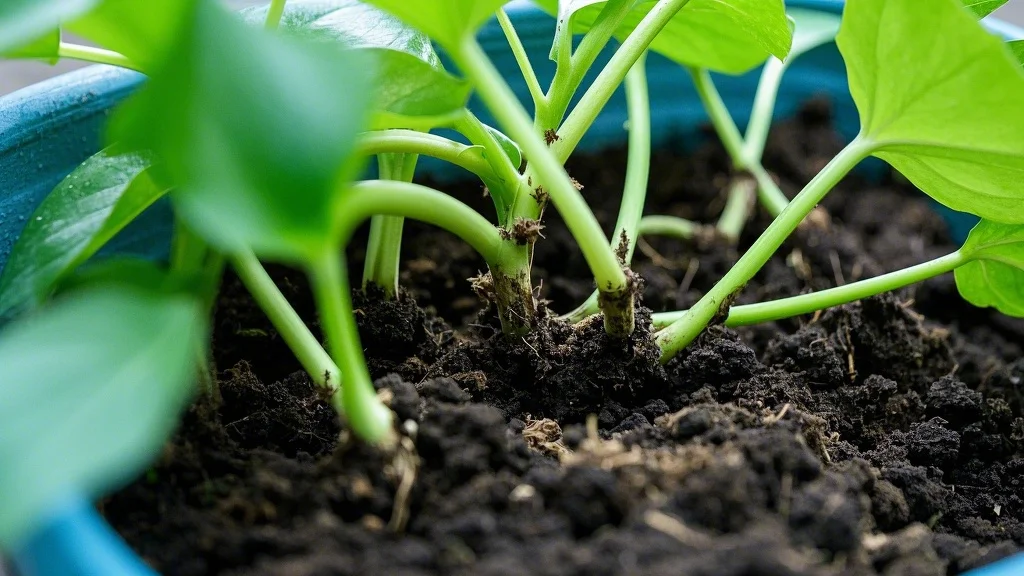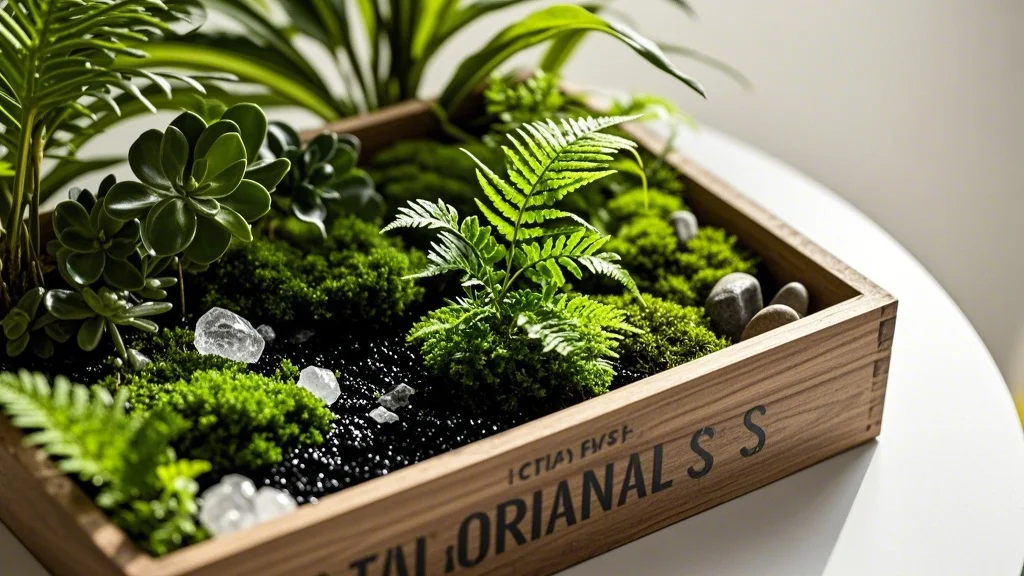In the quest for cleaner indoor air, many urban dwellers are turning to nature’s own air purifiers: houseplants. Among these green warriors, the peace lily (Spathiphyllum) stands out as a particularly effective and attractive option. This comprehensive guide will explore the air-purifying capabilities of peace lilies and provide you with expert tips on how to grow and care for these powerful air cleaners in your home or office.
Contents
The Science Behind Peace Lily Air Purification
NASA Clean Air Study
The peace lily’s reputation as an air purifier isn’t just anecdotal. It was one of the plants studied in NASA’s Clean Air Study, which sought to find ways to purify air in space stations. The research revealed that peace lilies are exceptionally good at removing indoor air pollutants.
Toxins Removed by Peace Lilies
Peace lilies are particularly effective at removing:
- Formaldehyde
- Benzene
- Trichloroethylene
- Xylene
- Ammonia
- Carbon monoxide
These compounds are common in urban environments and can off-gas from furniture, carpets, paints, and electronic devices.
How Peace Lilies Clean the Air
Peace lilies purify air through two main mechanisms:
- Stomatal absorption: The leaves absorb airborne toxins through tiny pores called stomata.
- Root-zone microorganisms: Beneficial microbes in the soil break down absorbed toxins into harmless substances.
Growing Peace Lilies for Maximum Air Purification
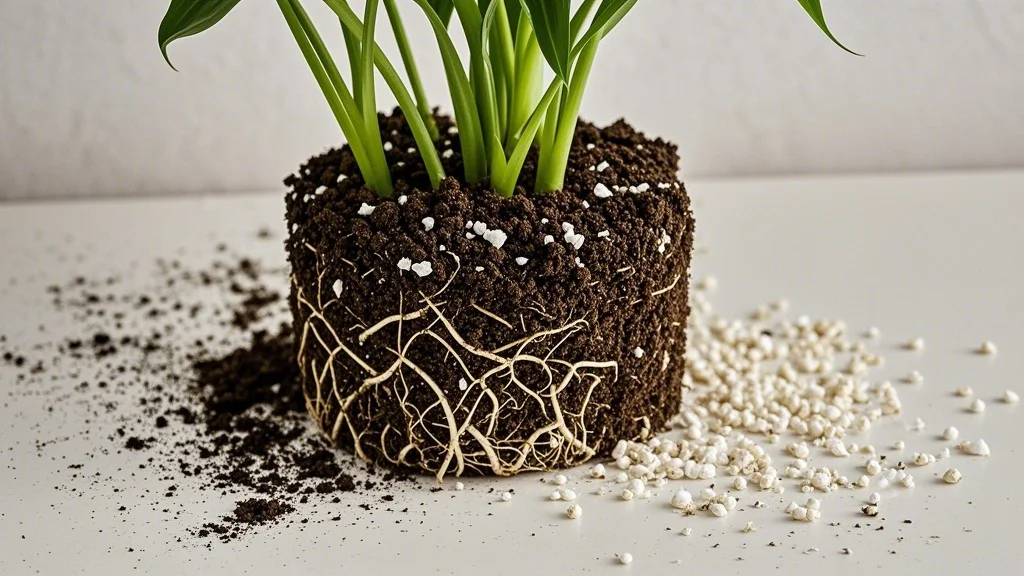
To harness the full air-cleaning potential of peace lilies, it’s crucial to provide optimal growing conditions.
Light Requirements
Peace lilies thrive in medium to low light conditions, making them perfect for indoor spaces. However, for maximum air purification:
- Place in bright, indirect light
- Avoid direct sunlight, which can scorch leaves
- Use artificial grow lights if natural light is insufficient
Soil and Potting
The right soil mix ensures healthy growth and efficient air cleaning:
- Use a well-draining potting mix
- Add perlite or coarse sand for improved aeration
- Ensure pots have drainage holes to prevent root rot
Watering
Proper watering is crucial for peace lily health:
- Water when the top inch of soil feels dry
- Use room temperature, filtered water
- Avoid overwatering, which can lead to root rot
- Mist leaves regularly to increase humidity and air-cleaning efficiency
Temperature and Humidity
Peace lilies prefer conditions similar to their tropical origins:
- Maintain temperatures between 65-80°F (18-27°C)
- Keep humidity levels above 50%
- Use a humidifier or pebble tray to increase moisture if needed
Fertilizing
Regular feeding supports robust growth and air-purifying capabilities:
- Fertilize monthly during the growing season (spring and summer)
- Use a balanced, water-soluble fertilizer diluted to half strength
- Reduce fertilization in fall and winter
Maximizing Air Purification Efficiency
To get the most out of your peace lily’s air-cleaning abilities:
- Size matters: Larger plants clean more air, so allow your peace lily to grow to its full potential.
- Multiple plants: NASA recommends one plant per 100 square feet for optimal air purification.
- Strategic placement: Position peace lilies near potential sources of pollutants, such as new furniture or electronic devices.
- Clean leaves: Dust can clog the stomata, reducing air-cleaning efficiency. Gently wipe leaves with a damp cloth regularly.
- Proper ventilation: While peace lilies clean the air, good overall ventilation enhances their effectiveness.
Common Issues and Troubleshooting

Even with proper care, peace lilies can face challenges:
Yellowing Leaves
Possible causes:
- Overwatering
- Nutrient deficiency
- Too much direct sunlight
Solution: Adjust watering, fertilize if needed, and move to a shadier spot.
Brown Leaf Tips
Possible causes:
- Low humidity
- Fluoride in tap water
- Overfertilization
Solution: Increase humidity, use filtered water, and reduce fertilizer application.
Wilting
Possible causes:
- Underwatering
- Root rot from overwatering
Solution: Check soil moisture and adjust watering accordingly. If overwatered, repot in fresh, well-draining soil.
Pest Infestations
Common pests:
- Spider mites
- Mealybugs
- Scale insects
Solution: Isolate affected plants, remove pests manually, and treat with neem oil or insecticidal soap.
Safety Considerations
While peace lilies are excellent air purifiers, they come with some safety concerns:
- Toxicity: Peace lilies are toxic if ingested by humans or pets. Keep out of reach of children and animals.
- Pollen allergies: The flowers can trigger allergies in sensitive individuals. Remove flowers if this is a concern.
- Skin irritation: The sap can cause skin irritation. Wear gloves when handling the plant.
Beyond Air Purification: Additional Benefits of Peace Lilies
While their air-cleaning abilities are impressive, peace lilies offer other advantages:
- Aesthetic appeal: Their elegant white flowers and glossy green leaves add a touch of sophistication to any space.
- Low maintenance: Peace lilies are relatively easy to care for, making them ideal for busy urban dwellers.
- Stress reduction: Studies have shown that indoor plants can reduce stress and improve mood.
- Increased humidity: Peace lilies naturally increase air moisture, which can be beneficial in dry indoor environments.
- Noise reduction: Like other plants, peace lilies can help absorb sound, creating a quieter living space.
Conclusion
Peace lilies are more than just attractive houseplants; they’re powerful allies in the fight against indoor air pollution. By providing the right care and conditions, you can harness their full air-purifying potential while enjoying their beauty and other benefits. Whether you’re a seasoned plant enthusiast or a beginner looking to improve your indoor air quality, peace lilies offer an accessible and effective solution for cleaner, healthier living spaces.
Remember, while peace lilies are excellent air purifiers, they should be part of a comprehensive approach to indoor air quality that includes proper ventilation, regular cleaning, and minimizing the use of harmful chemicals in your home. With these strategies combined, you can create a healthier, more vibrant indoor environment that supports your well-being and connects you with nature, even in the heart of the city.

